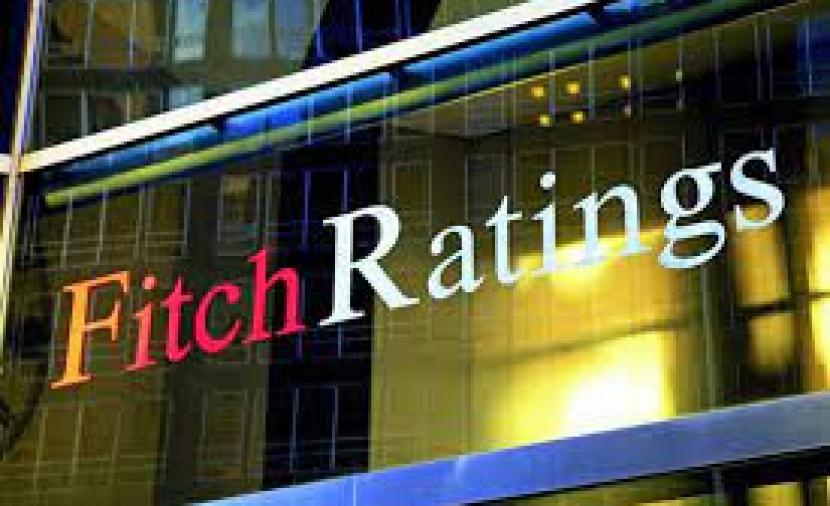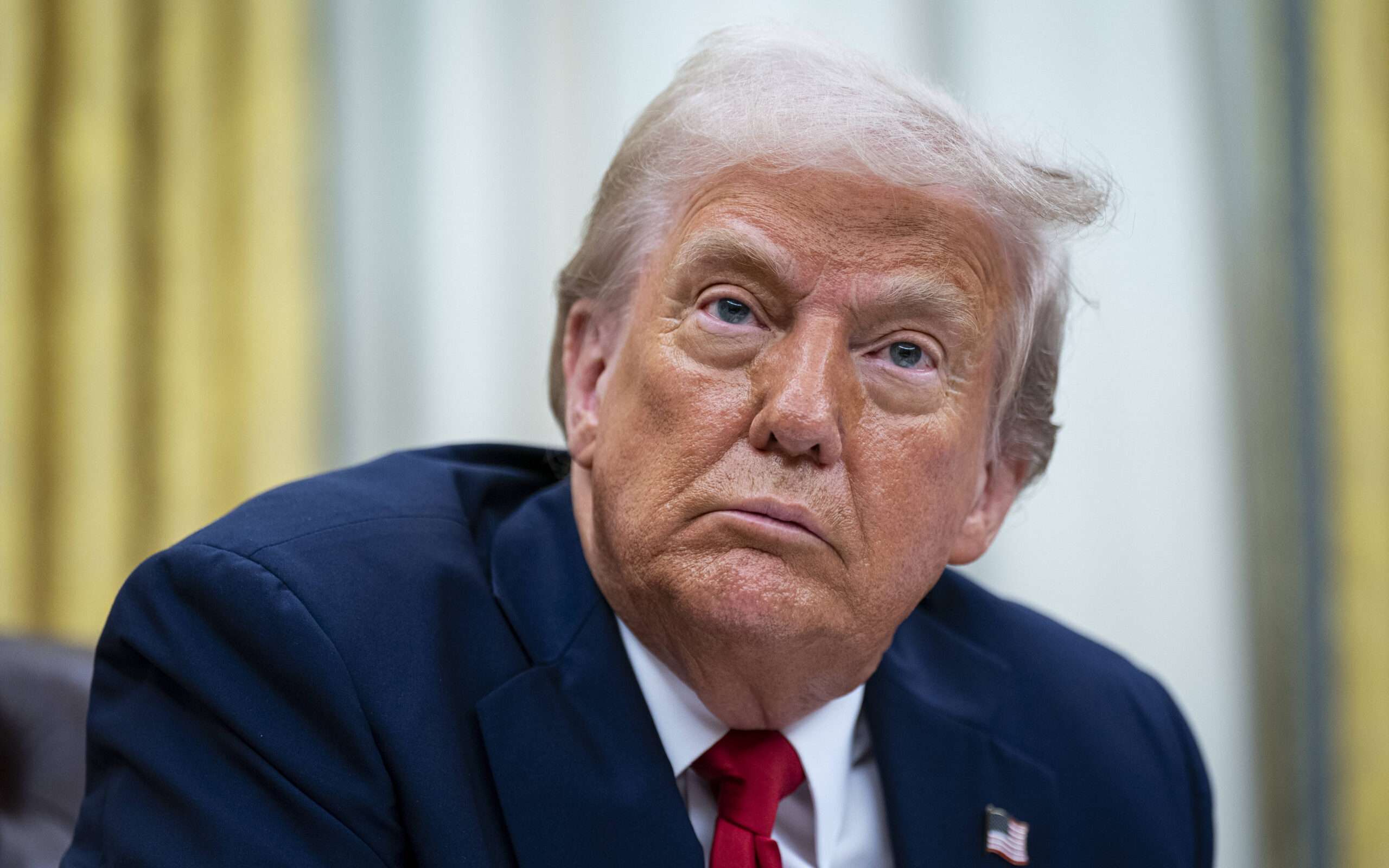How Gulf Economies Buffer Against U.S. Tariffs
The economic landscape of the Gulf Cooperation Council (GCC) countries shows resilience against U.S. tariffs, predominantly due to oil and gas exports. Yet, further challenges loom on the horizon.
Published April 16, 2025 - 00:04am

Image recovered from alroya.om
Recent analyses by Fitch Ratings highlight the resilient economic stance of Gulf Cooperation Council (GCC) countries in the face of U.S. tariffs. This resilience largely stems from the predominance of oil and gas in these countries' exports to the United States, products that remain shielded from the imposed tariffs.
Despite the imposition of tariffs ranging from 10% to 25% on non-oil exports such as aluminum and steel, the impact on the Gulf economies appears minimal. The region's economic stability, underpinned by hydrocarbon exports, mitigates potential disruptions caused by these trade policies. Fitch underscores that the banking sectors within these nations are unlikely to face significant challenges from this economic standoff.
However, a deeper analysis reveals that indirect consequences could be looming due to declining global oil prices and reduced economic activity worldwide. Such dynamics may lead to decreased government spending, a factor historically linked to the overall economic health and banking environment in the Gulf. In this context, experts emphasize that dropping oil prices and weakened international demand present substantial risks to the region's economic fabric.
The financial well-being of Gulf banks, while secured by strong balance sheets and capital reserves, often supported by robust profits from high oil prices and favorable interest conditions, could be tested by prolonged dips in these parameters. Additionally, the banking sector's credit risk environment remains vulnerable to shifts in global economic trends and fluctuating oil markets.
As the GCC countries navigate these complex global dynamics, including potential reductions in government expenditures, there is a possibility of tighter credit conditions affecting bank lending. The cautionary stance stems from concerns over corporate profitability and cash flow difficulties within affected sectors due to increased operational costs and inflation from tariff impositions.
The broader fiscal outlook for the region highlights potential impediments in non-oil economic activities and potential slowdowns in government-led investments. Fitch's revised forecasts indicate global GDP growth may decline to 2.3% this year and 2.2% in 2026, suggesting a harsher economic climate globally that could, in turn, pressure commodity prices, further affecting the Gulf region's income from fossil fuels.
Furthermore, credit ratings in the region present a varied picture. While nations like Saudi Arabia, the UAE, and Qatar maintain robust ratings, others like Bahrain have more precarious standings, closely tied to their fiscal health and broader economic diversification potentials. This landscape necessitates proactive financial management to mitigate potential downgrades amid ongoing global economic uncertainties.
In light of these challenges, the GCC's banking sectors, supported by governmental stakes in financial institutions and continued economic diversification efforts, appear poised to withstand potential disruptions. The strategic management of oil supply via OPEC+ also remains a critical factor in sustaining favorable economic conditions. The alliance's ongoing adjustments to production levels aim to stabilize global oil prices, thereby directly influencing the region's economic stability.
Ultimately, while the direct effects of U.S. tariffs may be limited, the GCC countries continue to face a complex array of economic variables. Managing these challenges will require balanced policy measures to sustain growth and maintain robust economic health amidst the evolving global economic backdrop.







